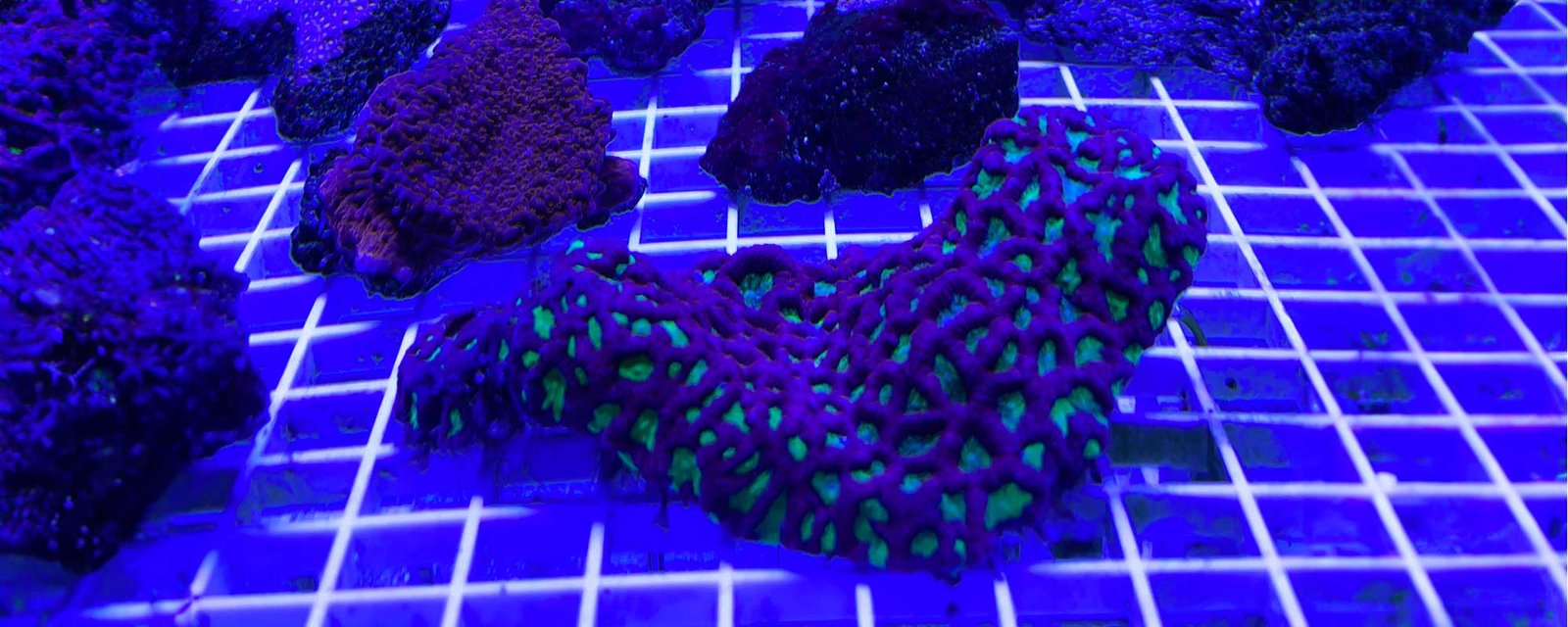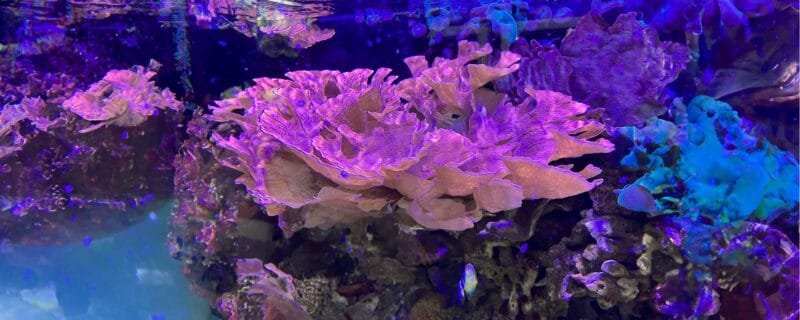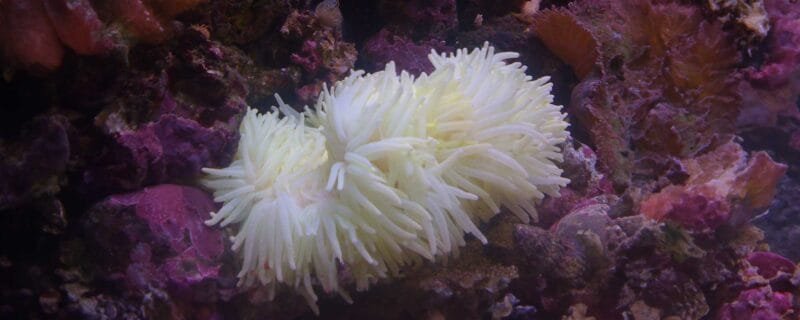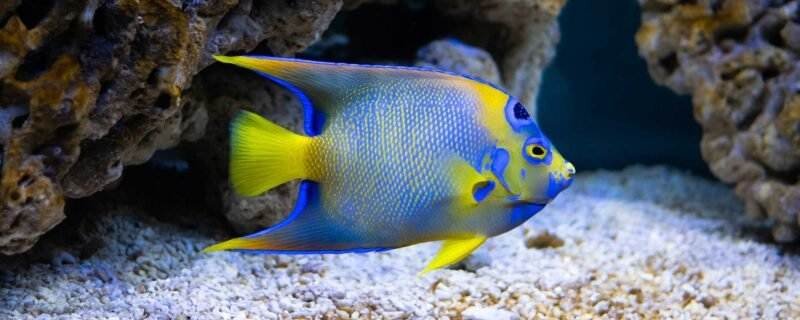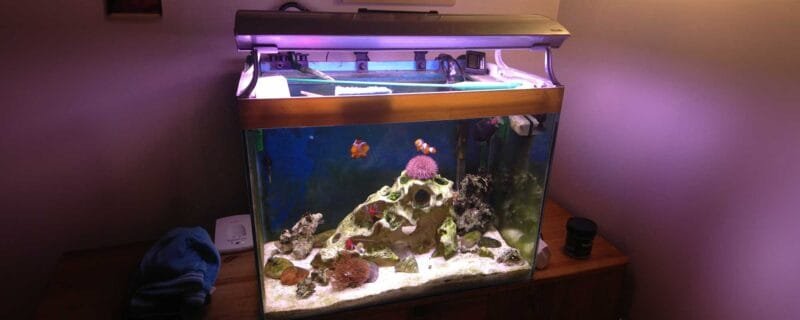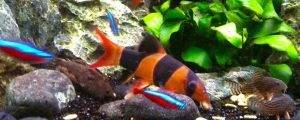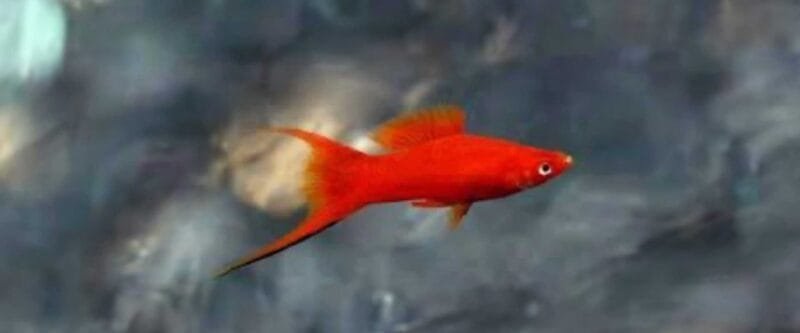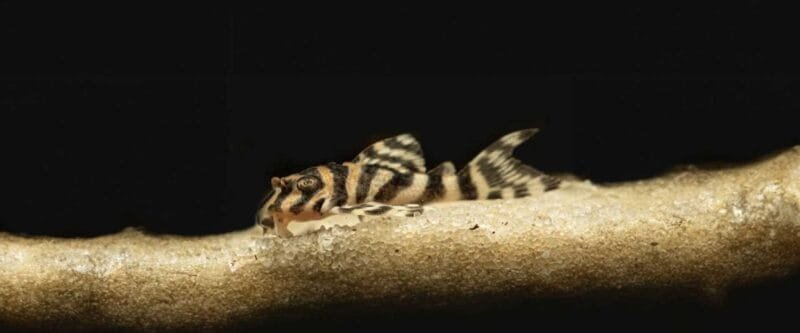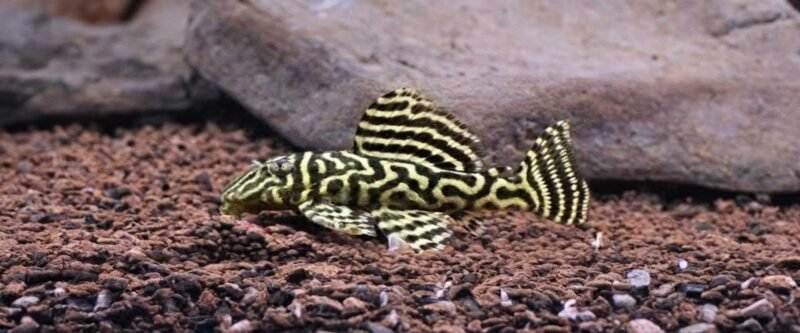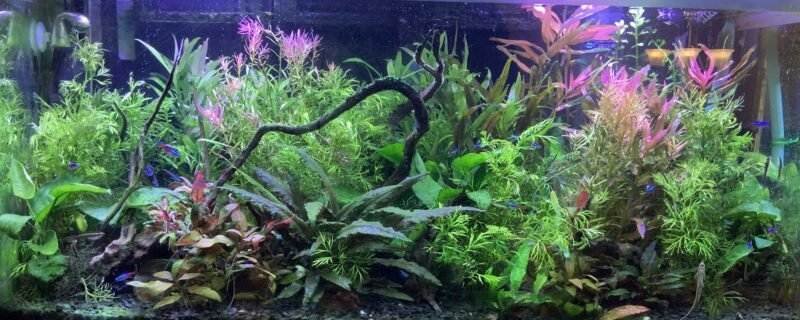Unveiling the Beauty of Ultra Favia Coral: A Comprehensive Guide
The Ultra Favia Coral, scientifically known as Favia speciosa, is a captivating coral species that has become a prized possession among reef enthusiasts. In this blog post, we will explore the world of the Ultra Favia Coral, from its scientific name to its care requirements and unique characteristics.
Latin Name and Size
The Ultra Favia Coral, scientifically classified as Favia speciosa, typically grows into robust colonies. Individual corallites, or skeletal structures, range from about 1 to 3 inches in diameter, creating striking formations in your aquarium.
Natural Habitat
These enchanting corals are found in the wild in various regions of the Indo-Pacific Ocean, including Indonesia, Fiji, and the Great Barrier Reef. In their natural habitat, they thrive in clear, shallow waters, often residing on reef slopes and rocky substrates.
Categorization
The Ultra Favia Coral falls under the category of Large Polyp Stony (LPS) corals. LPS corals, such as Favia speciosa, have larger polyps and distinctive skeletal structures that contribute to their visual appeal.
Varieties
Within the Favia speciosa species, there are several varieties, each displaying unique colors and patterns. These variations can include stunning combinations of greens, purples, blues, and even fluorescent hues, offering a diverse range of options for coral enthusiasts.
Diet
Ultra Favia Corals are primarily carnivorous and benefit from both photosynthesis and direct feeding. They have symbiotic zooxanthellae within their tissues that provide them with some nutrition through photosynthesis. However, they also actively capture small prey, such as zooplankton and microorganisms, using their stinging tentacles. Supplementing their diet with marine foods designed for LPS corals can promote their health and vibrancy.
Alternative Names
This coral is commonly known by alternative names like Ultra Favites, Moon Coral, or Open Brain Coral, reflecting its striking appearance and shape.
Feeding Requirements
To thrive, Ultra Favia Corals may require direct feeding. Offering a diet of small, meaty foods such as brine shrimp, mysis shrimp, or specialized coral food can enhance their growth and coloration. Regular feeding can be especially beneficial in aquariums with lower light levels.
Fragging
Fragging, or coral propagation, is possible with Ultra Favia Corals, but it should be done with care. These corals can be fragged by carefully cutting a portion of the colony and allowing it to attach to a new substrate. Proper safety measures and precautions are essential during fragging to avoid harm to the parent colony.
Water Conditions
Maintaining stable water conditions is vital for the health of Ultra Favia Corals. They thrive in temperatures ranging from 75-82°F (24-28°C), a pH level of 8.1-8.4, and a specific gravity of 1.023-1.025. Adequate lighting with moderate to high intensity, suitable for LPS corals, is essential for their photosynthetic needs.
Conclusion
In conclusion, the Ultra Favia Coral, or Favia speciosa, is a remarkable addition to any reef aquarium. Its vibrant colors, captivating patterns, and compatibility with various tank setups make it a sought-after choice for aquarists of all levels. Whether you’re looking to create a vibrant coral centerpiece or showcase a specific color variation, Ultra Favia Corals offer a world of possibilities. Dive into the captivating world of LPS corals with these stunning specimens, and watch your underwater oasis thrive with their graceful presence.

